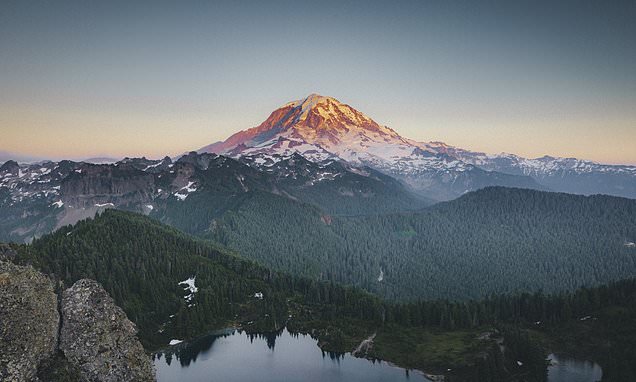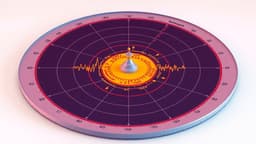Home / Disasters and Accidents / Mount Rainier Buzzes: Eruption Fears Grow
Mount Rainier Buzzes: Eruption Fears Grow
19 Nov
Summary
- Mount Rainier is experiencing days of continuous seismic vibrations.
- Volcanic tremor suggests magma, hot water, and gas movement below.
- Lahars, not lava or ash, pose the primary threat from an eruption.

Mount Rainier, a major volcano in Washington, has been displaying significant seismic activity for several days. Continuous vibrations, described as a volcanic tremor, have been recorded by the Pacific Northwest Seismic Network, indicating the movement of magma, hot water, and gas beneath the surface. This ongoing activity, while not an immediate eruption warning, is a cause for concern among scientists.
Geologists are closely monitoring for escalating signs that could precede an eruption, such as increased tremor severity, internal earthquakes, and ground swelling. The most significant threat posed by a potential eruption at Mount Rainier is not lava flows or ash clouds, but the destructive potential of lahars – fast-moving mudflows capable of obliterating entire communities.
This recent swarm of seismic activity is one of the longest observed at Rainier in recent years, though the overall risk of a future eruption remains classified as 'Very High.' Earlier this year, the mountain experienced a massive seismic swarm in July, involving over 1,000 earthquakes, marking the largest recorded event of its kind at the location. The memory of the 1980 Mount Saint Helens eruption and its devastating lahar serves as a stark reminder of the risks in the Pacific Northwest.




